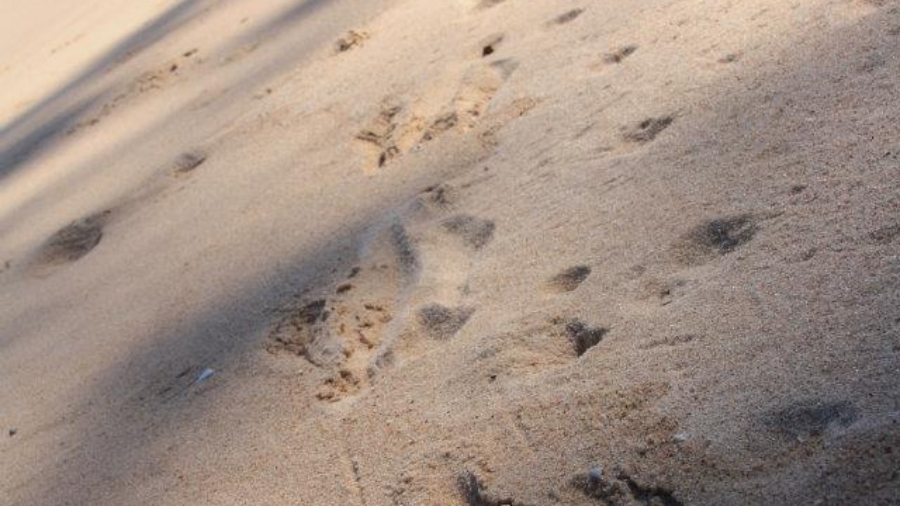 If you work in the area of trauma counselling, chances are you have an organisation or colleagues keeping a watchful eye out for the first signs and symptoms of burnout or vicarious trauma.
If you work in the area of trauma counselling, chances are you have an organisation or colleagues keeping a watchful eye out for the first signs and symptoms of burnout or vicarious trauma.
In my workplace we have to complete two tests every year – the Compassion Fatigue Self Test for Practioners and the Trauma and Attachment Beliefs Scale. We also have regular training so that employees can identify the symptoms in each other.
While it might be considered admirable for our organisations to have a Vicarious Trauma Policy and working proactively to promote the health and wellbeing of its employees, what is it that is really happening here? And what effect is this having?
If someone returns high results to vicarious trauma testing, the onus is on the individual to address it. They are encouraged to revisit their self care plan or self refer to the Employee Assistance Program. This kind of response pathologises the problem and locates it within the individual, that the counsellor is somehow defective or not strong enough. It follows then that the client is to blame for somehow causing an injury by sharing their story with us. Vikki Reynolds says using self care as an antidote for burnout “does nothing about the social determinants of health for people…. The problem is not in our heads or our hearts, but in the social world where clients and workers struggle with structures of injustice.” Vikki argues that assuming a position where clients are seen to be hurting us is not an act of accountability at all.
In Darwin where I practice, we are surrounded by some of the worst cases of injustice in Australia such as the mistreatment of youth in detention, the highest rates of removal of Aboriginal children from their families and concerning numbers of child abuse within the foster care system. Not far from us, refugees on Manus Island continue to suffer.
Sometimes it can feel overwhelming to hear the sad and heartbreaking stories of abuse and violence and the impact this has had on our clients. And yes, I see and hear the impacts of intergenerational trauma outside my house; it’s difficult to escape it sometimes. However, I return a normal vicarious trauma result. I also hear inspiring stories of skills, knowledge and strengths of survival; stories of people speaking out to the Royal Commission so that the same thing doesn’t happen to other people; stories of people taking action to reduce the isolation caused by their poverty and homelessness. I admire the steps of resistance my clients make against systems of injustice. Indeed, clients do not hurt us, but instead inspire us, teach us and critique us says Reynolds.
The biggest critique our clients could legitimately make is why we, as workers, are not ‘fostering collective sustainability’*, coming together in solidarity to challenge the institutions and systems which marginalise and victimise our clients.
Indeed the collective silence of social workers in Australia is more likely to lead to my potential burnout, due to my frustration with the profession. Why are social workers not out on the streets marching together to get Manus Island refugees to Australia? Why are we silent in our support of our Indigenous comrades in the fight for Recognition? Why are we standing back and allowing removal of Aboriginal children from families to go up and up? Isn’t that why we entered this profession in the first place, to make a real difference to the social structures of injustice? I was once accused of getting too close to a community because I cared too much, and was threatened to be removed by my employer. However I was proud of my role as an advocate for social justice for the community and its people.
Social justice activism is a protective factor against vicarious trauma. It’s not our clients that are hurting us. It is our silence and inaction.
Perhaps the care we can show our colleagues is not to watch out for signs or symptoms of vicarious trauma in the workplace, but to gather in solidarity around shared ethics of social justice and collective accountability. Let’s get out on the streets and do what we signed up for.

















